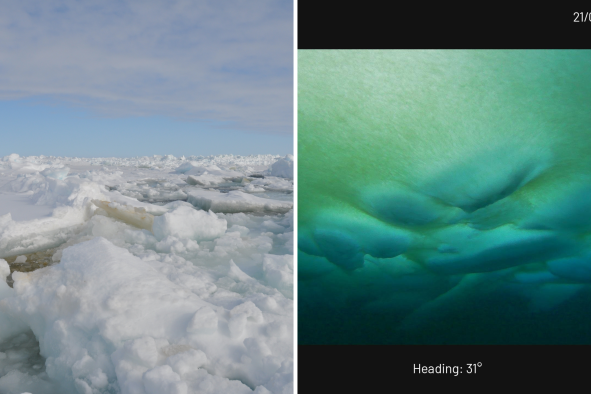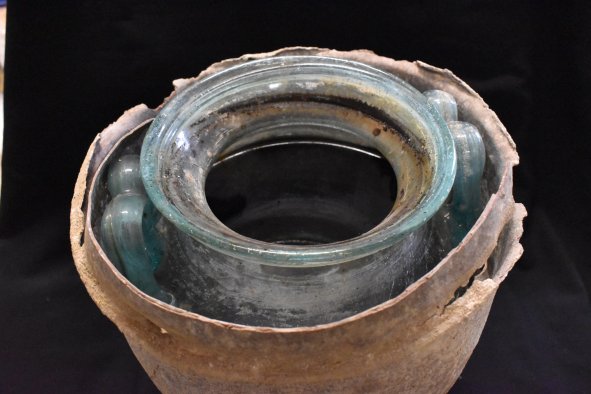Enormous lakes and seas filled with liquid methane on the surface of Saturn's moon Titan may have been crafted by the power of waves.
Titan is Saturn's largest moon and the second-largest moon in our solar system, after Jupiter's Ganymede, and is the only body in our solar system other than Earth to possess lakes, seas, and rivers—filled with methane and ethane rather than water.
According to a new paper in the journal Science Advances, these bizarre water bodies, some of which are around the same size as the Great Lakes, may have been shaped by waves.
"We found that if the coastlines have eroded, their shapes are more consistent with erosion by waves than by uniform erosion or no erosion at all," study co-author Taylor Perron, a professor of earth, atmospheric and planetary sciences at MIT, said in a statement.
Titan has a diameter of about 3,200 miles, making it larger than the planet Mercury. Its thick atmosphere is about 1.5 times as dense as ours, primarily made of nitrogen with small amounts of methane and hydrogen.
These huge lakes were confirmed to exist in 2007 after NASA's Cassini spacecraft flew by the moon. Ever since, the methods of their formation and shape have mystified scientists.
Now, the new paper reveals how MIT scientists simulated the moon's seas and found that the most likely explanation for their shape was wave action.
This is somewhat controversial, however.
"Some people who tried to see evidence for waves didn't see any and said, 'These seas are mirror-smooth,'" Palermo said. "Others said they did see some roughness on the liquid surface but weren't sure if waves caused it."
Titan's seas are considered to have originally formed after the landscape was flooded by the freezing cold liquid methane and ethane. The current shape of the coastlines may be no different from how they were back then, or they could have eroded in several ways to look how they do today.
The researchers modeled the ways that lakes erode on Earth—including wave erosion and "uniform erosion" involving a coast passively dissolving or sloughing off—and then applied these methods to Titan's lakes.
"We had the same starting shorelines, and we saw that you get a really different final shape under uniform erosion versus wave erosion," Perron said. "They all kind of look like the flying spaghetti monster because of the flooded river valleys, but the two types of erosion produce very different endpoints."
They discovered that the wave erosion scenario most closely matched the observed shapes of Titan's coastlines, meaning that waves were most likely the culprits for forming Titan's lake shapes.
"We can say, based on our results, that if the coastlines of Titan's seas have eroded, waves are the most likely culprit," Perron said. "If we could stand at the edge of one of Titan's seas, we might see waves of liquid methane and ethane lapping on the shore and crashing on the coasts during storms. And they would be capable of eroding the material that the coast is made of."
The researchers note that this conclusion is not 100 percent confirmed and will not be until they directly observe wave activity on the Titan surface.
This discovery could allow astronomers to learn even more about the conditions on Titan. Knowing that waves carved out the coast enables them to predict how fast and strong the winds on the moon are and from which direction they blow.
They could also more accurately predict how Titan's seas will change in shape in the future.
"Titan presents this case of a completely untouched system," Palermo says. "It could help us learn more fundamental things about how coasts erode without the influence of people, and maybe that can help us better manage our coastlines on Earth in the future."
Do you have a tip on a science story that Newsweek should be covering? Do you have a question about Titan? Let us know via science@newsweek.com.
Disclaimer: The copyright of this article belongs to the original author. Reposting this article is solely for the purpose of information dissemination and does not constitute any investment advice. If there is any infringement, please contact us immediately. We will make corrections or deletions as necessary. Thank you.



